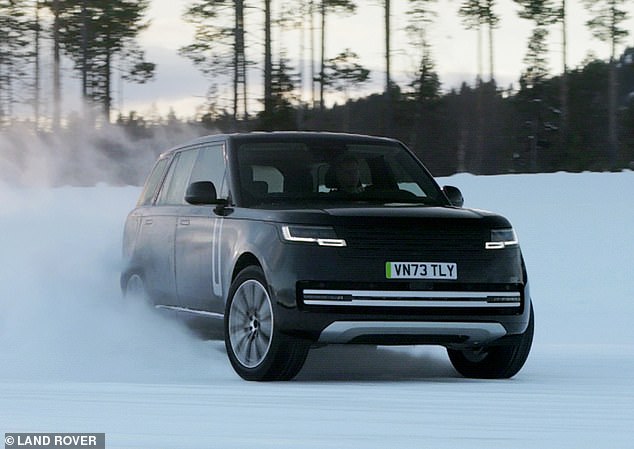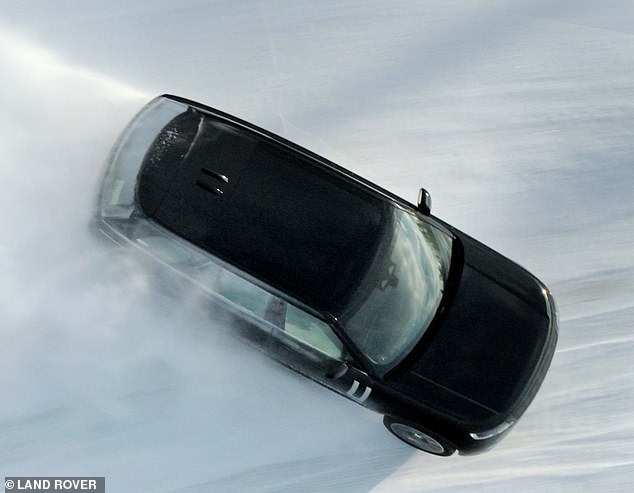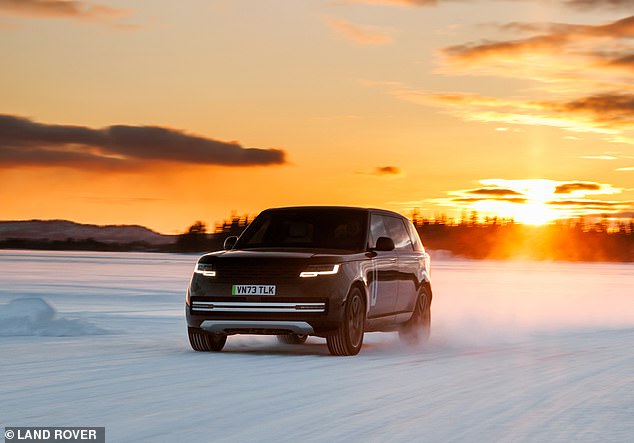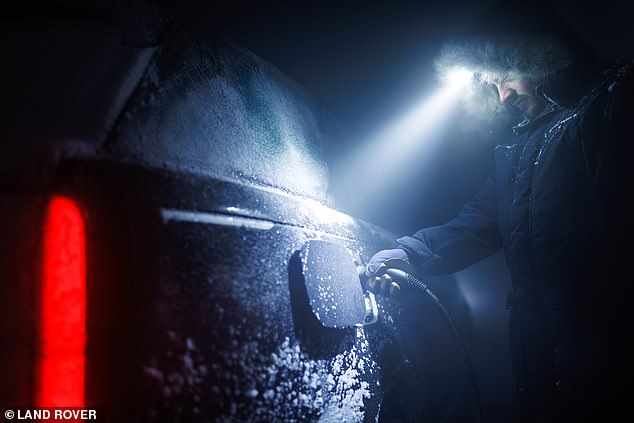The electric Range Rover broke down during tests in the Arctic Circle – here’s how much it’s likely to cost
The first-ever all-electric Range Rover will be unveiled later this year, but we’ve already gotten our first glimpse at what the battery-powered luxury SUV will look and perform.
Parent company JLR (formerly Jaguar Land Rover) has unveiled images and footage of its debut electric Range Rover during its final phase of testing in icy conditions in the Arctic Circle.
It shows a prototype version of the SUV being driven in temperatures down to -40 degrees Celsius as part of the sub-zero ‘calibration assessment’ – and, importantly, it’s the first time we’ve seen the Range Rover Electric without any camouflage around some corners to hide.
Range Rover Electric breaks cover: Here’s our first look at the new battery-powered luxury SUV sans camouflage. While it may look the same as the petrol/diesel Range Rover on sale since 2022, what lies beneath is very different.
JLR said the decision to show a glimpse of the vehicle without a disguise is up to youunderline the build quality of the first prototypes’.
But that does not mean that you can discover many differences with the conventional Range Rover that has been on sale since 2022.
Finished in black paint, the EV version looks almost identical to the same vehicle already in showrooms, apart from the charging flap that slides forward to reveal the socket where you plug in.
The brand says the ‘modernist design language’ remains true to the ‘Range Rover bloodline’.
The reason for testing on the Arctic Circle
JLR believes the Range Rover Electric will ‘lead the way in electric propulsion, refinement and luxury travel’.
However, before it can be released to the market, it must complete an extensive schedule of extreme temperature measurements, including being put to the test in the Middle East’s scorching desert heat of +50°C.
The Arctic Circle tests focus on the capabilities of the battery and the Electric Drive Unit (EDU) – essentially the core components of the vehicle, including the transmission, electric motor and power electronics – in the coldest conditions imaginable.
Both the battery and EDU are assembled in-house by JLR, a first for the brand.

The brand says the ‘modernist design language’ remains true to the ‘Range Rover bloodline’

JLR says the Range Rover Electric carries out extreme temperature tests to ensure the powertrain and battery can withstand varying conditions
Tests have already been completed on frozen lakes in Sweden to tweak the powertrain, with JLR desperately hoping the Range Rover Electric would ‘exceed its already renowned performance on low-grip surfaces’ in a bid to make the ‘all-terrain, all-weather and Range Rover’s capabilities on all surfaces remain unparalleled.’
JLR also revealed that the Range Rover Electric does not use a conventional ABS-based traction control system. Instead, internally developed software can precisely control the slip at each wheel.
This has reduced the “torque response time at each wheel from approximately 100 milliseconds to just one millisecond,” the company claims.
The brand says that traction is ‘maximised on all surfaces with exceptional response and composed refinement, significantly enhancing the Range Rover driving experience’.
Thomas Mueller, executive director of project engineering at JLR, said: ‘Range Rover with electric propulsion – means the usual luxury, refinement and capability of Range Rover, plus near-silent, all-electric propulsion; with effortlessly smooth and relaxing travel.
‘To ensure we leave no stone unturned, we are well underway with our physical testing and development programme, all designed to push Range Rover Electric to its limits to ensure its capabilities remain unparalleled when it reaches you. ‘

JLR is desperate for the Range Rover Electric to ‘exceed its already renowned performance on low-grip surfaces’ in a bid to ensure that ‘the Range Rover’s all-terrain, all-weather and all-surface capabilities remain unmatched’
What is the battery range?
JLR has remained tight-lipped – for now – on many of the performance details for the Range Rover Electric.
What we do know is that it will use an 800V charging architecture, which will put it on par with the likes of Porsche’s Taycan, Kia’s EV6 and EV9 SUV and the Hyundai Ioniq5 and Ioniq6 ‘streamliner’ to provide ultra-fast charging solutions. .
Bosses at the British brand have previously stated that the electric Rangie will deliver ‘similar’ performance to the existing V8 model, suggesting it should have around 520bhp.
And it’s promised to be the smoothest and quietest Range Rover yet, considering its electric features.
Battery range hasn’t been discussed by JLR, but given the architecture and size of the battery pack, many expect the Range Rover Electric to be able to travel around 400 miles on a single charge.
Initially, the batteries are supplied by a third party.
However, following the completion of JLR’s £4bn gigafactory in Somerset – funded by parent group Tata and planned for 2026 – the company will be able to start using its own batteries.

Part of the sub-zero testing ensures that the battery can be charged efficiently even when temperatures are at staggeringly low levels
How much is it?
The Range Rover Electric will be built in Britain at the company’s Solihull factory, where it will be assembled alongside existing mild-hybrid and plug-in hybrid Range Rover models.
JLR opened the waiting list for Range Rover Electric in December and claimed to have accepted more than 16,000 ‘expressions of interest’ in February – although these are not necessarily orders.
Until the car is officially unveiled, prices remain secret.
However, given that the Range Rover starts at just over £100,000, the all-electric model could fetch almost £150,000.

Some links in this article may be affiliate links. If you click on it, we may earn a small commission. That helps us fund This Is Money and keep it free to use. We do not write articles to promote products. We do not allow a commercial relationship to compromise our editorial independence.
